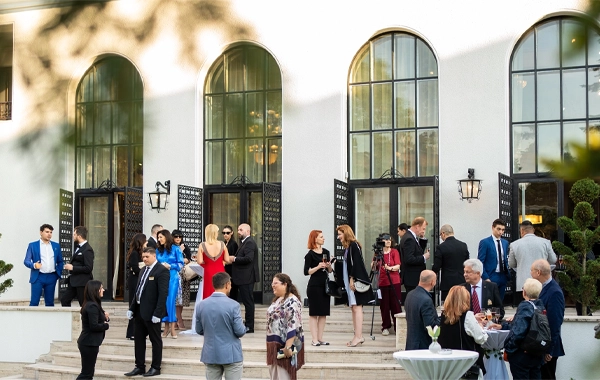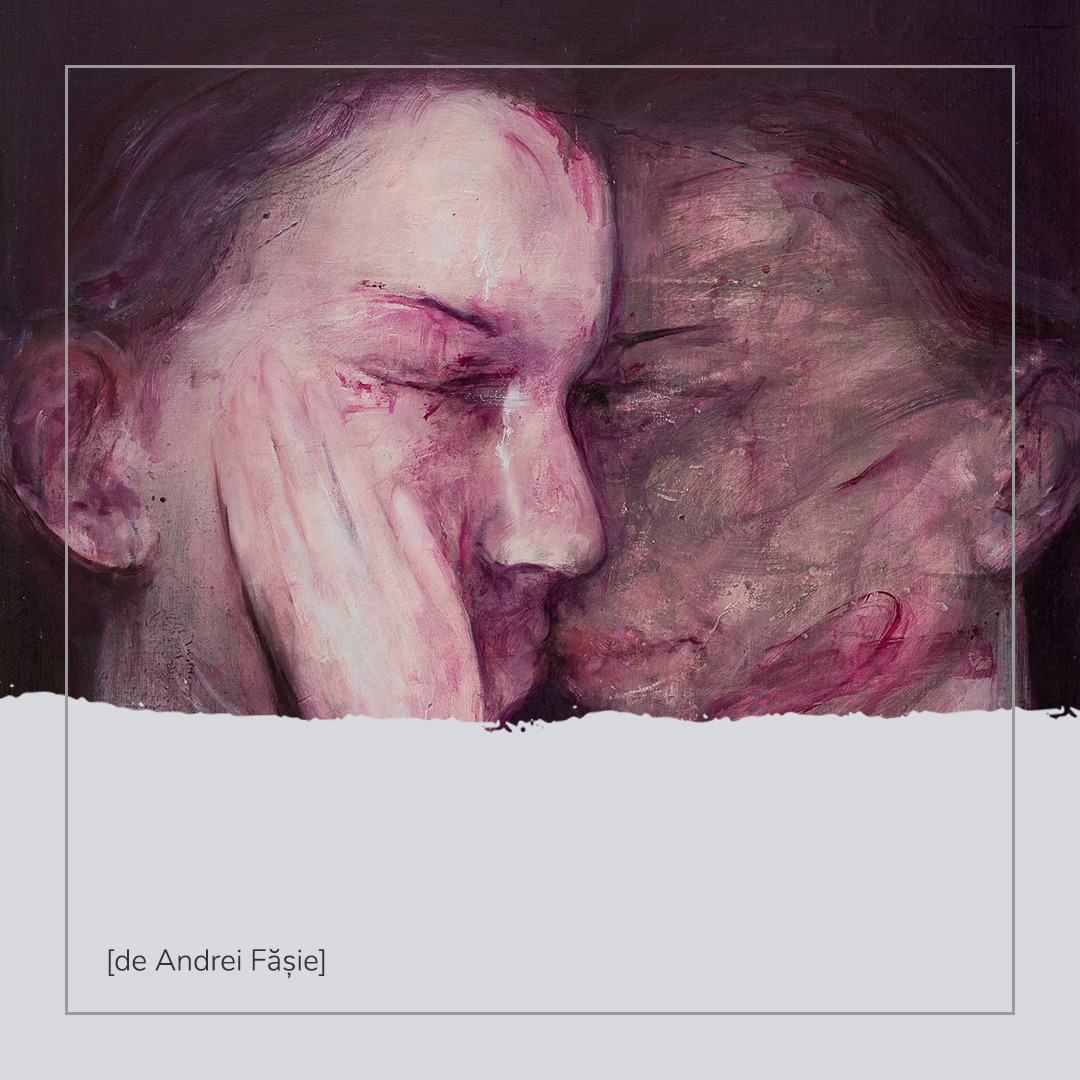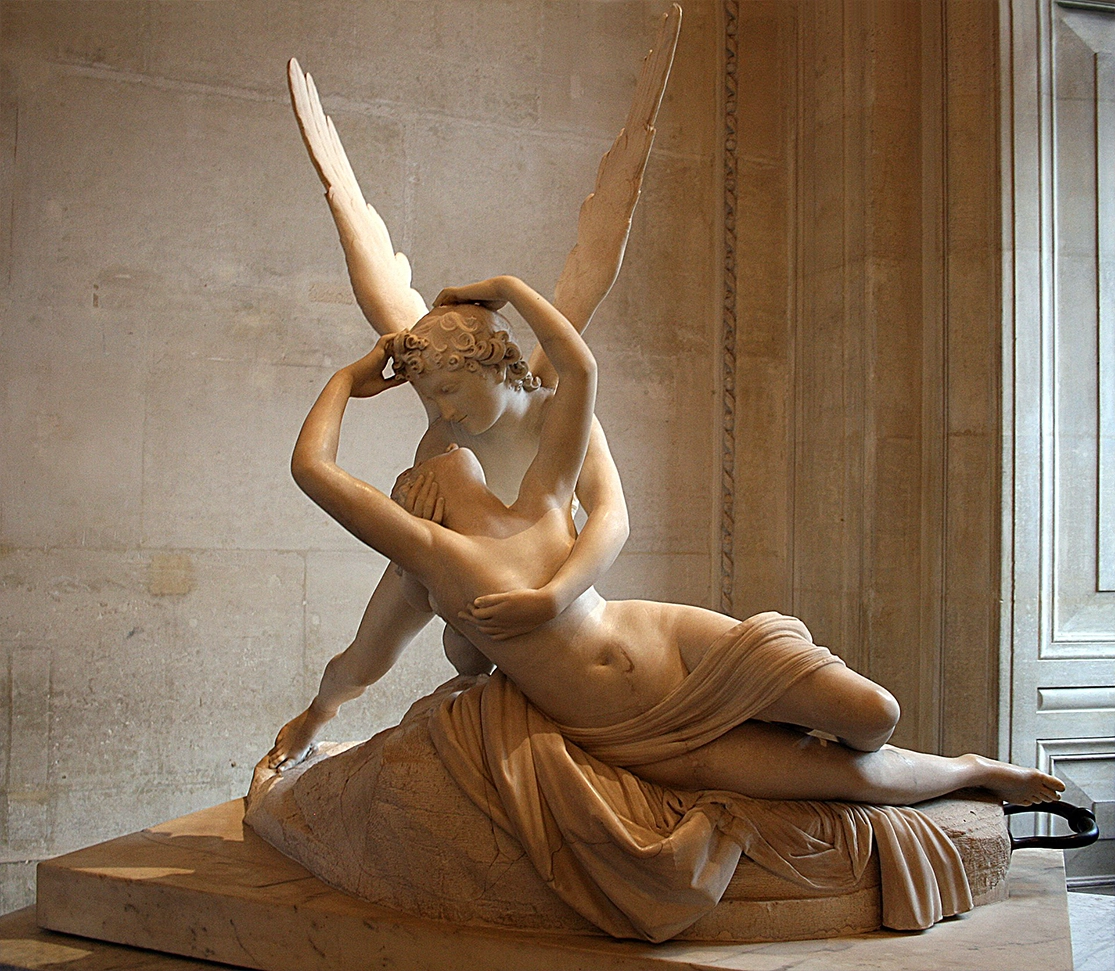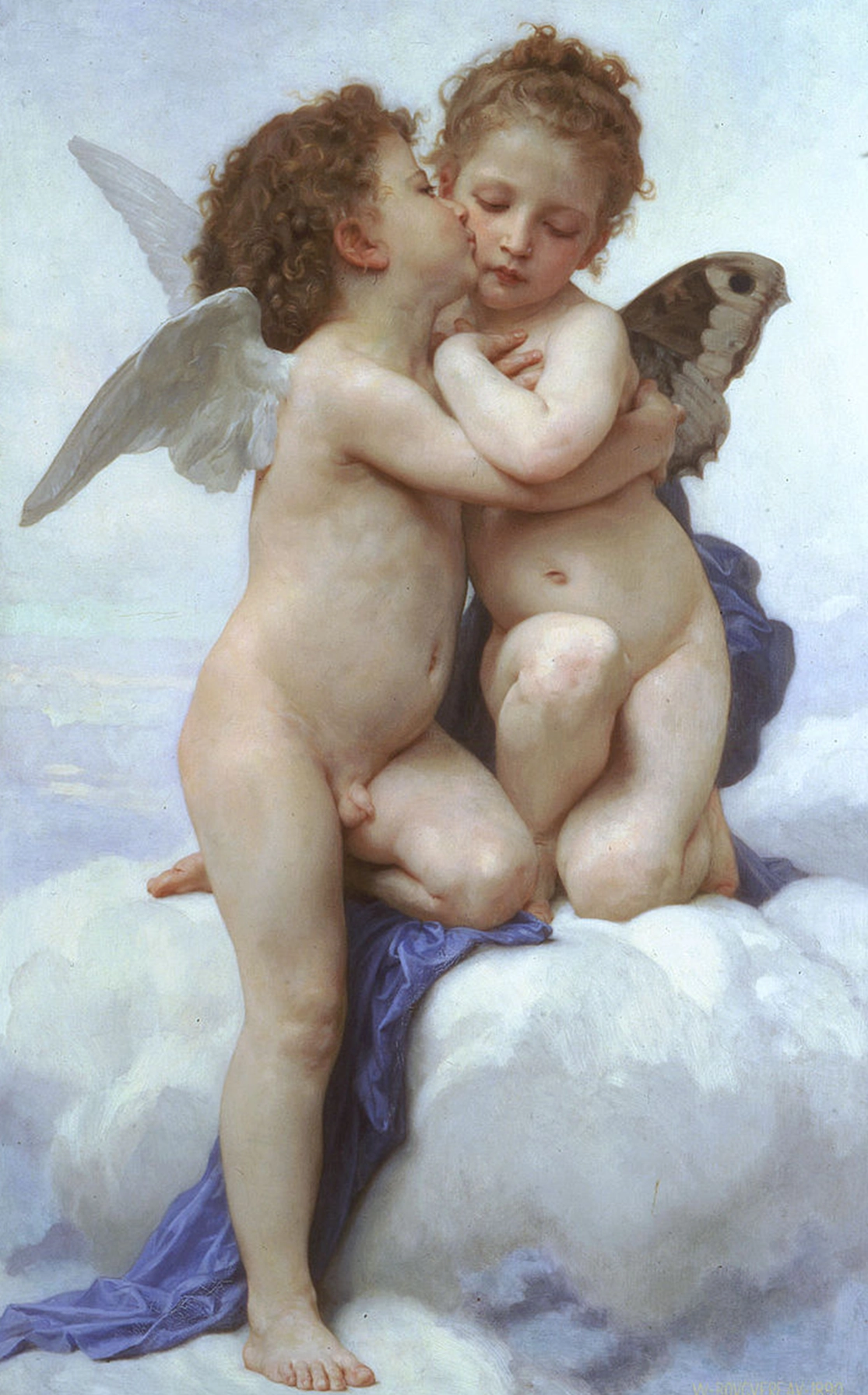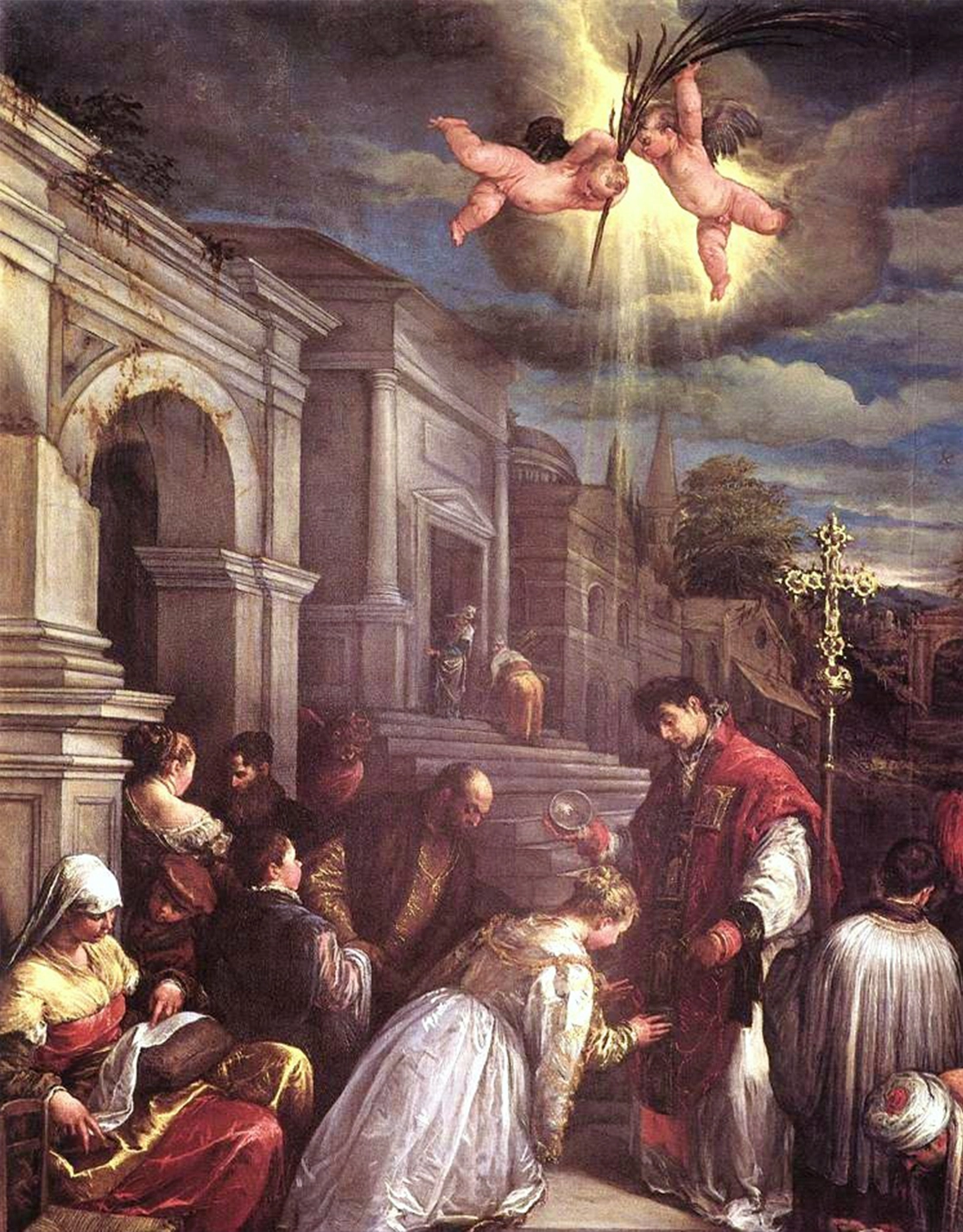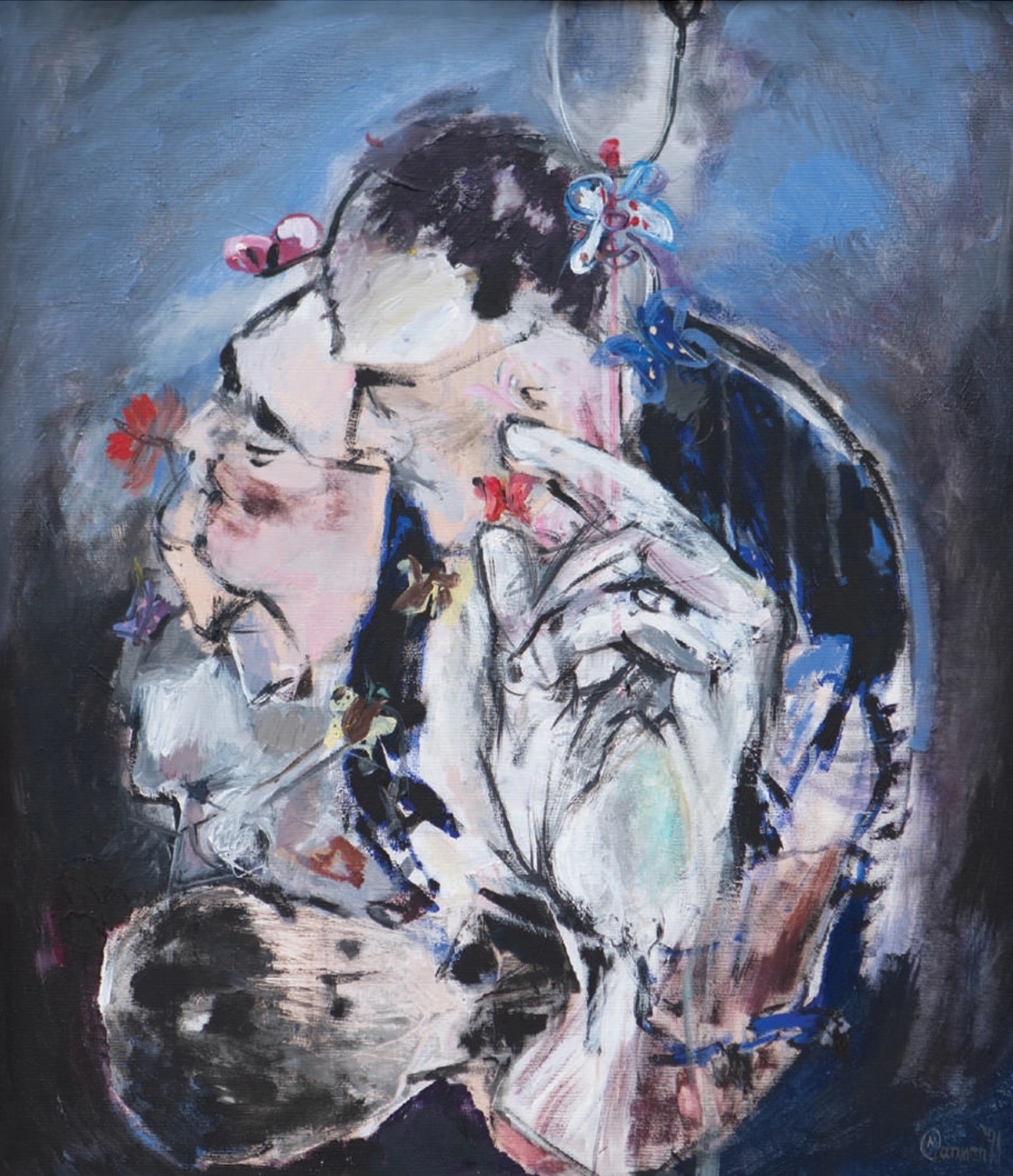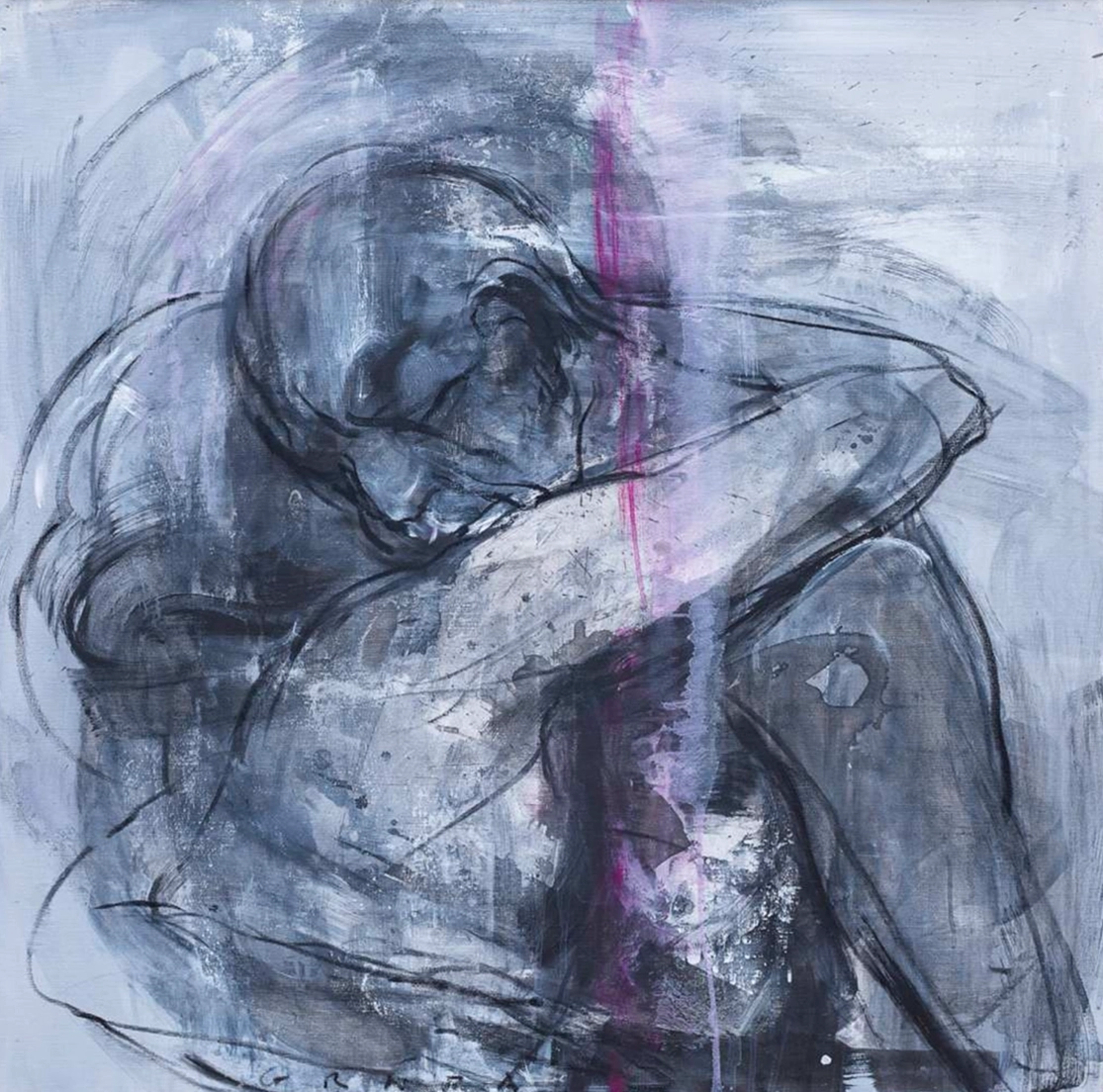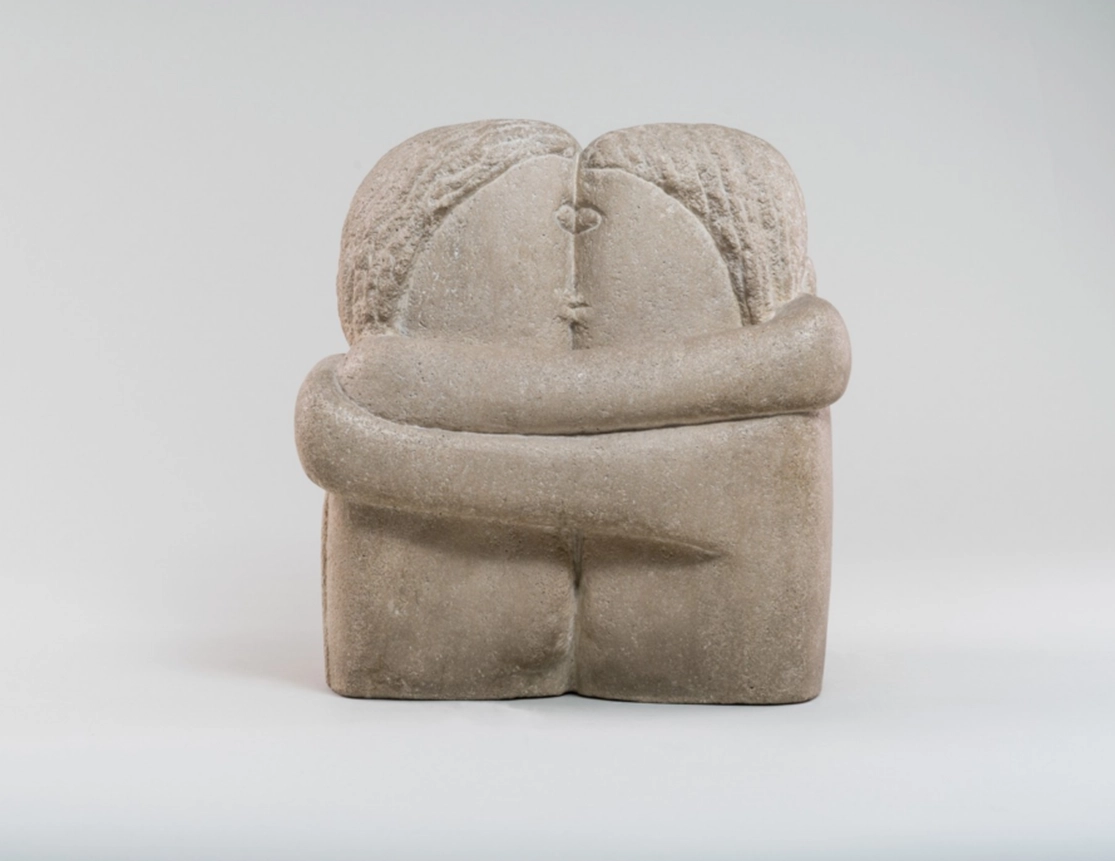Maybe not by chance – before the official arrival of spring, time opens up before people with celebrations that honor the purest feeling: love. Because the unstoppable force of love is probably what has the power to restore our hope in the midst of the coldest winter months, just enough for us to soon welcome the sun’s warmer rays. But first, the sun must rise within us – and through love, we can achieve this.
As expected, most works of art throughout history have been motivated by the human love for another being. This is why myths so often explore the theme of love in creative ways, involving archetypes and symbols meant to develop our imagination, stir our senses, and make us understand that "(...) what is done in love is well done," as Vincent van Gogh once said. Of course, there are also numerous examples of complicated love stories, from Romeo and Juliet, to Amor and Psyche or Mars and Venus, all of which have been represented by renowned artists such as Frank Dicksee, Bouguereau, Botticelli, Canova, and many others.

